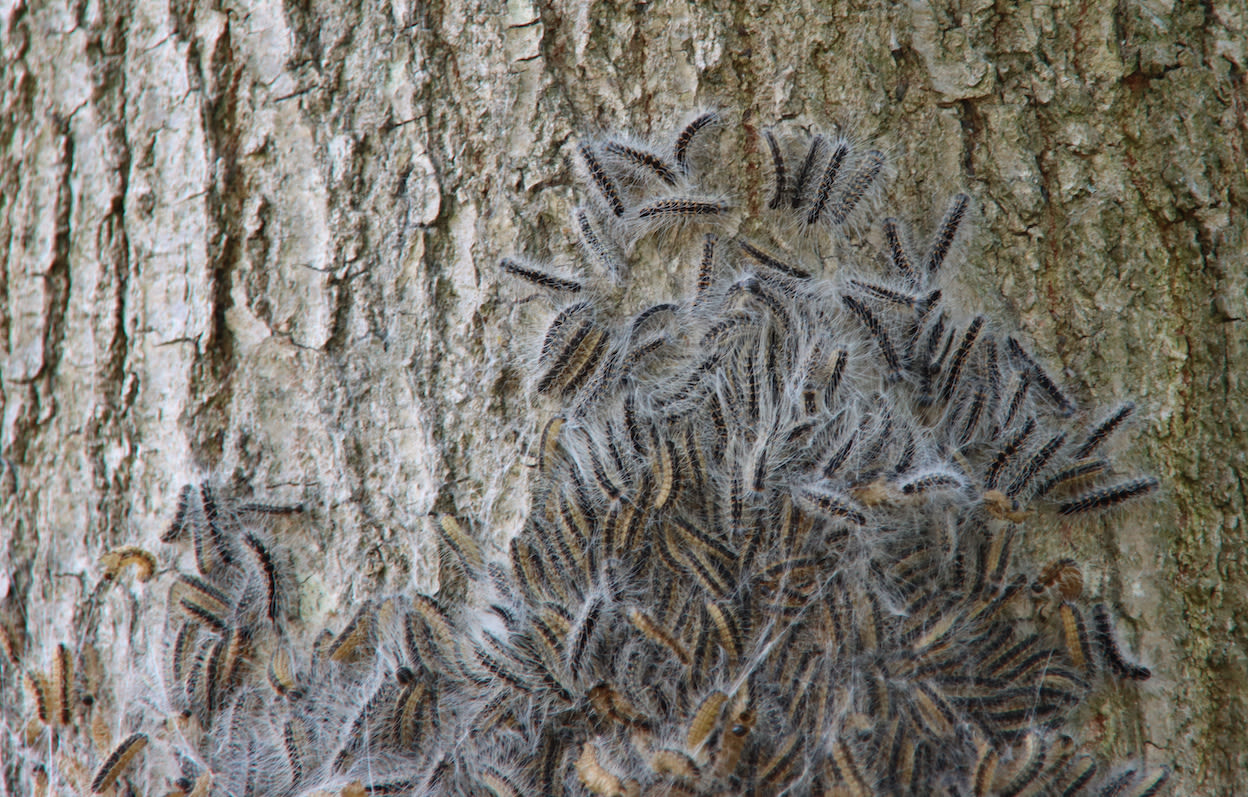Tiger mosquito. Photo: AdobeStock / wildan ardani / EyeEm
Climate change can have severe consequences, especially for a country that lies partially below sea level, but did you know that climate change also affects human health? Not only southern Europe, but the Netherlands is also becoming more sensitive to dangerous (tropical) diseases due to the warmer climate. In this article, you can read about the diseases that may come to the Netherlands as a result of climate change.
Climate is changing and this not only has consequences for the economy, but people’s health can also suffer greatly from climate change. Therefore, health problems are expected to increase in frequency in the future.
West Nile tropical virus, fungi and house mites
West Nile virus has been circulating in the Netherlands since October 2020. This virus is spread by infected mosquitoes from birds carrying the virus. Due to the warmer conditions, these infected birds migrate more to the Netherlands, increasing the chance of West Nile virus occurring more often in the Netherlands in the future. Most people experience minimal discomfort from the virus. Only a small group of people can suffer from very serious complaints such as acute inflammation.
Higher temperatures and increased humidity can ensure that fungi, house mites and (odd) mosquitoes can better establish themselves in the Netherlands. One of the consequences of this is a contribution to asthma.
mosquitoes; Photo: AdobeStock / Piman Khrutmuang
Diseases caused by ticks, tiger mosquitoes and sand flies
The tiger mosquito is actually found in southern Europe, but it has also been spotted in the Netherlands. The tiger mosquito can transmit about a dozen diseases, such as Zika, dengue, yellow fever and chikungunya. A super bite can cause diseases such as Crimean congo fever. Ticks are also more common due to the temperate climate. Tick bites may cause Lyme disease.
So-called sand flies carry leishmaniasis (sand mosquito disease) caused by parasites. Not only climate change, but also traffic plays an important role in this. Traffic from southern Europe may bring these insects with it and the higher temperatures allow these insects to adapt more easily to our environment.
Tick bites the skin. Photo: Adobe Stock.
Oak Caterpillar Parade
An old acquaintance that can often be found in Holland, especially during the summer months, is an oak parade caterpillar. Larvae hair often causes allergic reactions and has found its place in the Netherlands due to climate change.
Read also: This is the time when the oak parade caterpillar caused the most inconvenience
Caterpillar Oak Parade. Photo: AdobeStock / André Muller
More waterborne diseases
Higher temperatures alter water quality. Warm waters are a good site for pathogens such as amoebae, which can occur more frequently in Dutch waters in the future and possibly cause diseases. The algae are also expected to settle sooner in warm water, causing the water’s oxygen content to drop.
Read also: This effect has the effect of weather on blue-green algae and food poisoning
Most sensitive cities
In the Netherlands, the effects of climate change are most noticeable in cities. Urban areas heat up faster than rural areas and cool down less quickly, so heat in cities during warm periods can have a greater impact on people’s health. For example, insects and mosquitoes can adapt more easily to their environment and cause diseases.
Read also: Why cities will feel climate change faster and harder
Source: RIVM and Radar Mosquito


